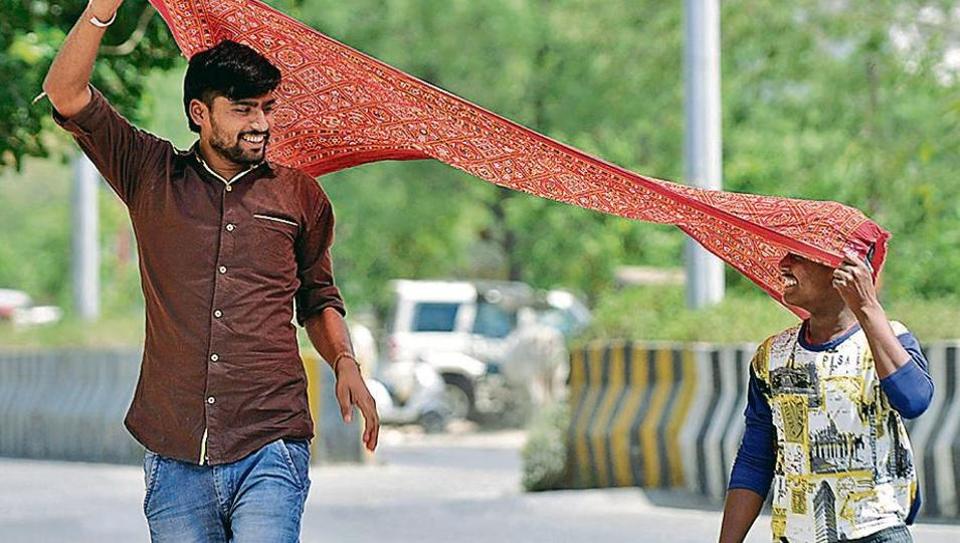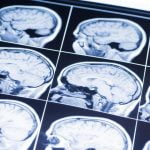
Ageing affects all living things and leads to diseases that eventually kill us. It’s not surprising then that there’s a global race to develop anti-ageing treatments to slow, halt or reverse biological ageing to look younger and prevent diseases such as heart disease, cancers and dementia, among others.
We begin to age the moment we are born but in physical terms, the process begins when structural changes accumulate in the body with age, leading to physiological decline: We stop building bone mass, add fewer neurons, lose muscle, hormone levels change, get wrinkles, etc. Nutrition, level of activity, lifestyle and the environment all play a role in how the body ages, both in terms of extrinsic skin ageing and loss of physiological function that leads to disease and death.
Nobel laureate molecular biologists, cancer specialists and researchers met in Split in Croatia for the first Ecobiology Summit in April to discuss how skin ageing and damage — we’ll talk about longevity next week — can be prevented by fortifying it to survive the constant environmental assaults from ultraviolet (UV) radiation, sleep deprivation, tobacco smoke and dust and other air pollutants.
The skin, they said, is a dynamic ecosystem that constantly interacts with the environment, be it external (air, sun and humidity) or internal physiology, determined by genes, health and lifestyle. So it’s adaptability becomes our first defence against environmental assault.
Sun damage
Paris-based molecular biologist Miroslav Radman’s work on protein oxidation and ageing is helping develop more effective therapies to reduce oxidative stress on the skin. His work explores the therapeutic dimensions that preserve the skin’s natural functioning and fortify its resistance to UV radiation that underlies age-related degradation and disease.
The first hurdle in cell recovery from UV radiation damage is functional damage to the proteome (proteins expressed by a cell, tissue, or organism) rather than to the DNA. “A healthy proteome can reconstitute a transcription-competent genome from hundreds of DNA fragments after UV radiation and desiccation (extreme dryness) damage,” said Radman. So with care, initial UV damage can be reversed.
A healthy diet and active ingredients in therapeutic doses can help the skin adapt to the harsh sun, temperature variations, air toxins and nutritional deficits. For example, Korean beautycare involves using between 15-30 products twice a day, when the skin can’t utilise more than three at a time.
Skin cancer
UV damage goes beyond surface tan, burns and wrinkles to cellular DNA mutations that lead to skin cancer. Though skin cancer is more common in the Caucasian population, it is more deadly in people of colour, who are more likely to be diagnosed in later stages and have poorer prognosis and survival rates, according a study in Journal of the American Academy of Dermatology. For most people in India, covering up and staying indoors are the only forms of sun protection, which make most of us highly deficit in Vitamin D that the skin synthasises on exposure to sunlight.
Since skin health also includes interactions between skin cells and the body via the circulatory, nervous and immune systems, harmful free-radical damage can be lowered by reducing stress, increasing physical activity and a eating a nutritional diet. Foods to go for are those high in plant antioxidants (carotenoids found in carrots, tomatoes, sweet potato and leafy greens; tocophenols found in nuts, legumes and wheatgerm; and flavonoids in fruits like apples, pears, plums, peaches, red grapes and apricots, nuts and legumes), vitamins A, C, D and E, essential Omega-3-fatty acids found in soyabean, walnuts, flaxeed and fish oils, proteins in meats, egg, legumes, nuts and dairy, and lactobacilli in yoghurt.
“The skin reflects internal balance and we need to act on the causes of dysfunctions rather than overly compensating for their effects,” said Bridgette Dreno, chairman of dermato-oncology in University Hospital, Nantes, France.
[“source=hindustantimes”]






